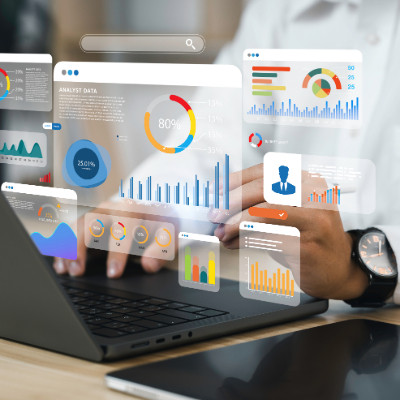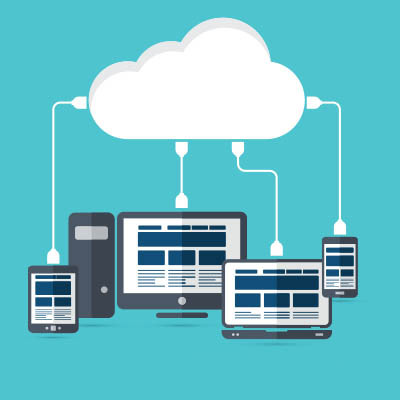You want your business to operate efficiently; that’s hardly a controversial statement. When you waste time, money, and resources, your business’ growth can crawl to a halt and give your competitors an advantage over you. Technology helps you bridge this gap and can give you the power to compete at higher levels than you’ve ever thought possible. Let’s go over some of the solutions modern businesses use to drive results.
Fatech IT Advisors Blog
Having trouble diagnosing issues with your computer? It could be the operating system, or it could be a piece of software you installed on it, OR it could be a driver or another peripheral connected to it. How do you know what the issue is, and how do you address it? That’s where Safe Mode comes in; you can boot your operating system in its most basic form, allowing your managed service provider to more easily determine the problem.
Are you making the most of your business’ data? While it’s important to keep tabs on the actual numbers, it also helps to have a visual representation of what that data means so that others can easily understand it. Today, we want to look at five creative ways you can use interactive dashboards and data visualizations to show off your business to both external stakeholders and your staff.
You might want to get as much life as possible out of your technology, but this is often counterproductive. While it might cost serious capital to invest in new computers and servers, even when your current equipment works “just fine,” there will come a day when “just fine” doesn’t cut it anymore. Your outdated hardware comes with all kinds of hidden costs that will slowly leech capital from your business and leave it worse off compared to if you just bought new tech.
When did you last open a spreadsheet and just sigh upon seeing the expanse of data points, with a sigh that comes from the deepest depths of your soul? It’s a fair reaction to have… especially when you know how much value there is to be found within these data sets.
Let’s walk through how you can extract this data by using Microsoft Excel’s Quick Analysis features… and don’t worry if you tend to use Google Sheets. The processes are essentially the same for everything we’re covering.
SMBs tend to pride themselves on how well they’re able to treat their customers. Larger enterprises sometimes lack the personalized attention that customers of small businesses get, despite having the tools to make it happen. Small businesses can also achieve this goal, and it’s all thanks to customer relationship management solutions. The right tool can improve sales, marketing efforts, and even customer satisfaction.
How much time and money do you spend wrestling with your business’ software? Between updates, license renewals, and that one employee who keeps accidentally deleting their email app, it’s enough to make you want to scream. Unfortunately, software is kind of non-negotiable. You need it. So, should you go old school and buy it outright, or should you consider moving to the cloud and employing Software-as-a-Service?
Having tools that help enhance your ability to support your customers is rarer than you may expect. One of the best tools a lot of businesses employ is Customer Relationship Management (CRM). The CRM system can transform how a business operates, but to make the most of it, you’ll need to employ some strategies.
Your business’ productivity software is one of the more important decisions you’ll make, and while there are many options, they won’t all be the best solution. Small business owners have to carefully consider price, scope, and integration, among other factors. Today, we’re looking at six aspects of productivity software your business should think about before committing to a solution.
Cloud computing, particularly Software-as-a-Service (SaaS), has become an essential tool for businesses of all sizes. Hosted software offers numerous benefits like anytime-anywhere access, scalability, and hassle-free management of hardware by the provider. In today’s post, we’ll share a few practical tips for working with cloud computing more effectively.
If you’ve spent any time online, you’ve likely encountered ads popping up while you’re trying to read articles, watch videos, or scroll through social media. While some ads can be helpful, many people find them disruptive or invasive, which is why ad blockers have become popular. Have you ever wondered how exactly ad blockers work? Let’s break it down.
Making decisions is a big part of running a business, but relying solely on gut feelings can sometimes backfire. Back-end analysis allows business owners to gain insights they might not have considered. This can lead to more money through better sales, customer relationships, and efficiency. In today’s blog, we’ll discuss how AI enhances business intelligence.














